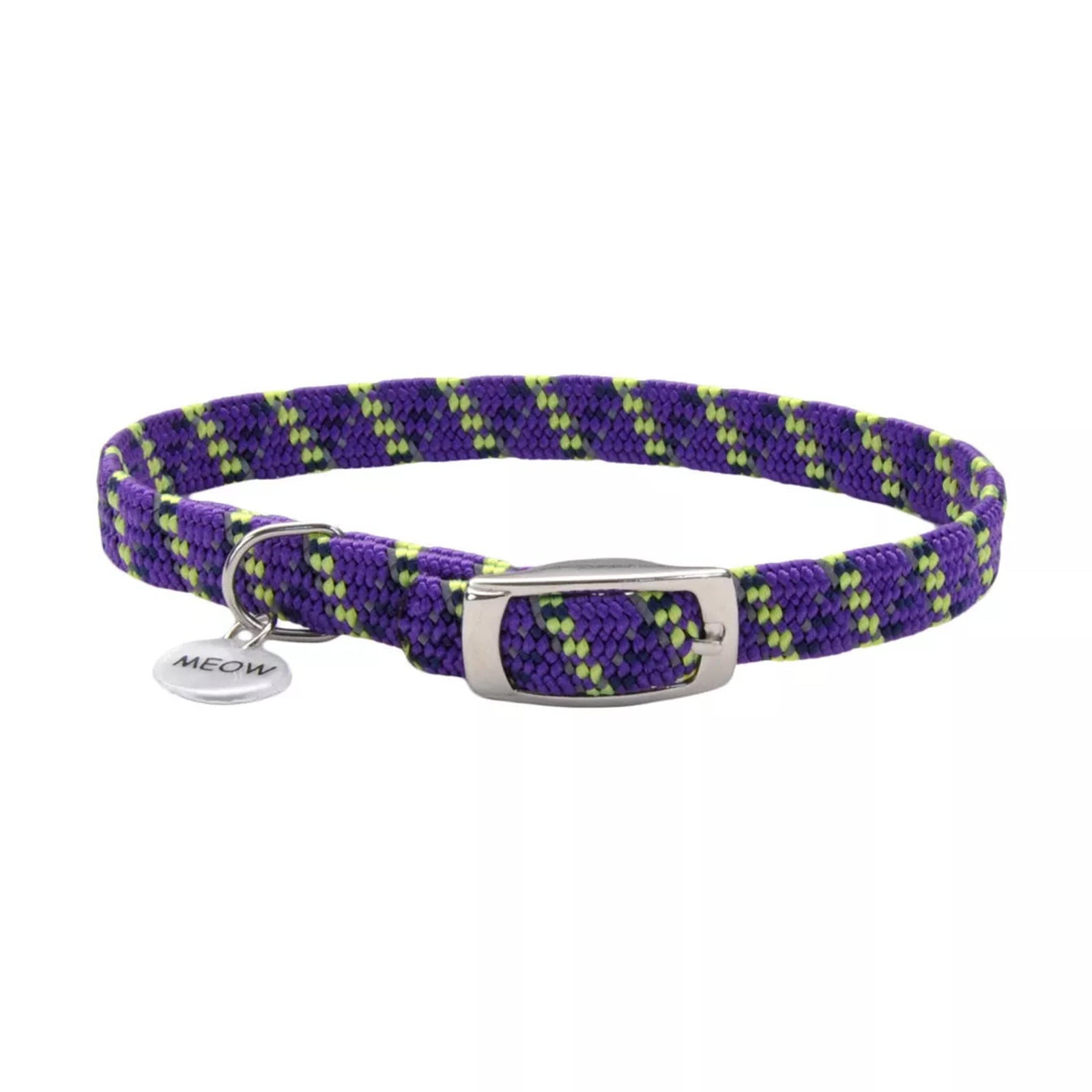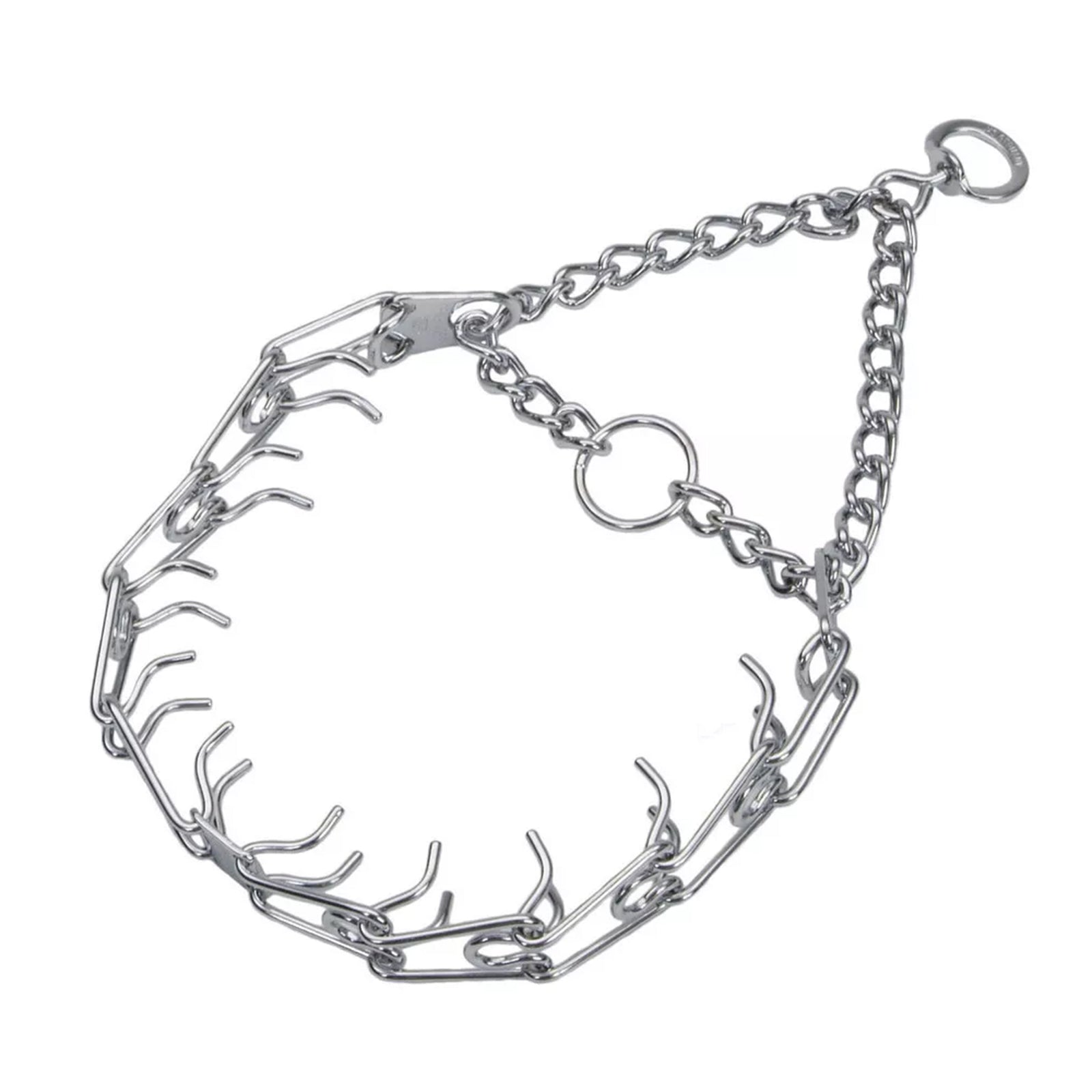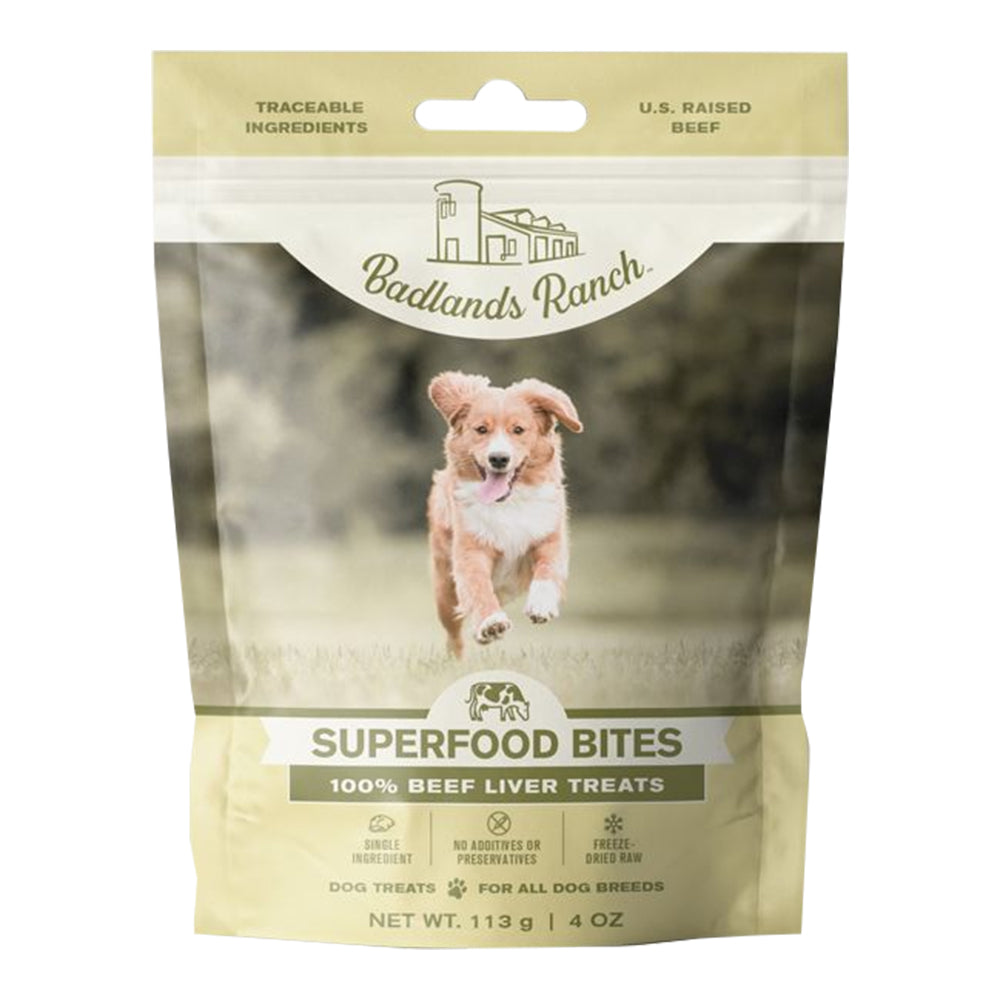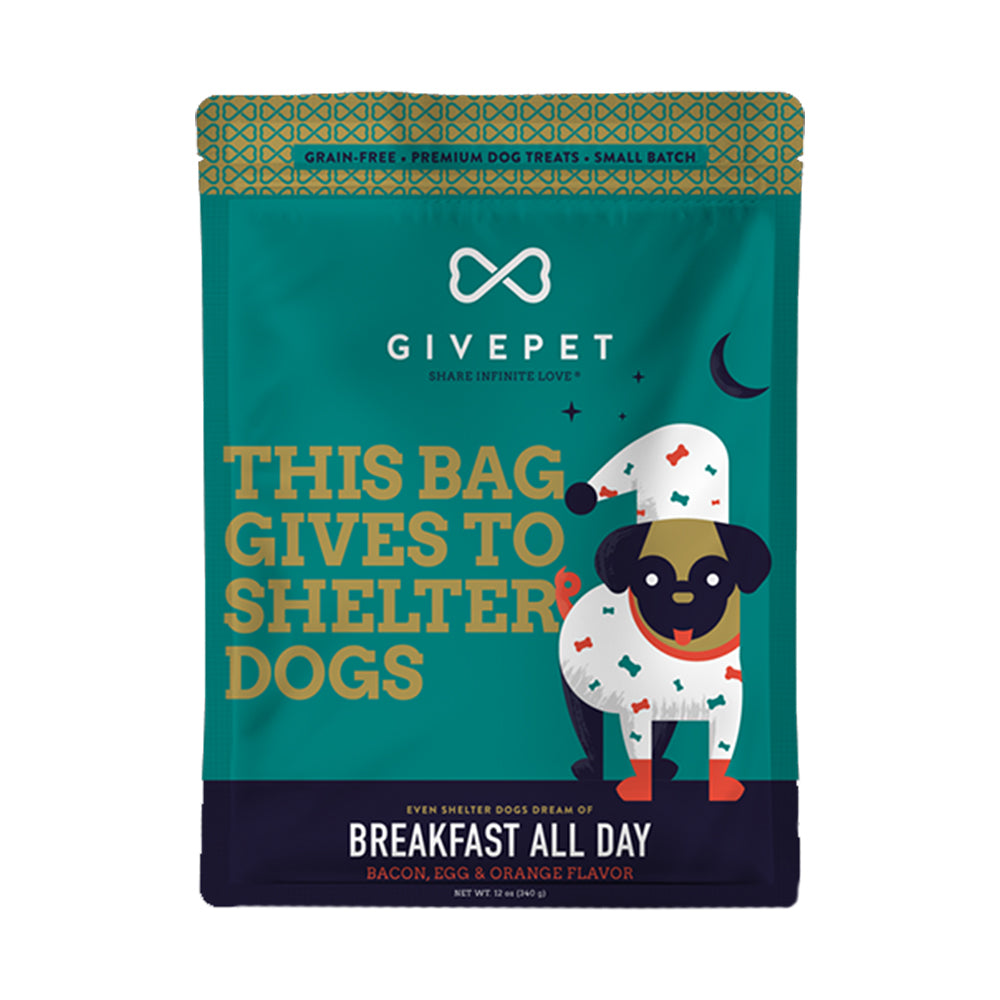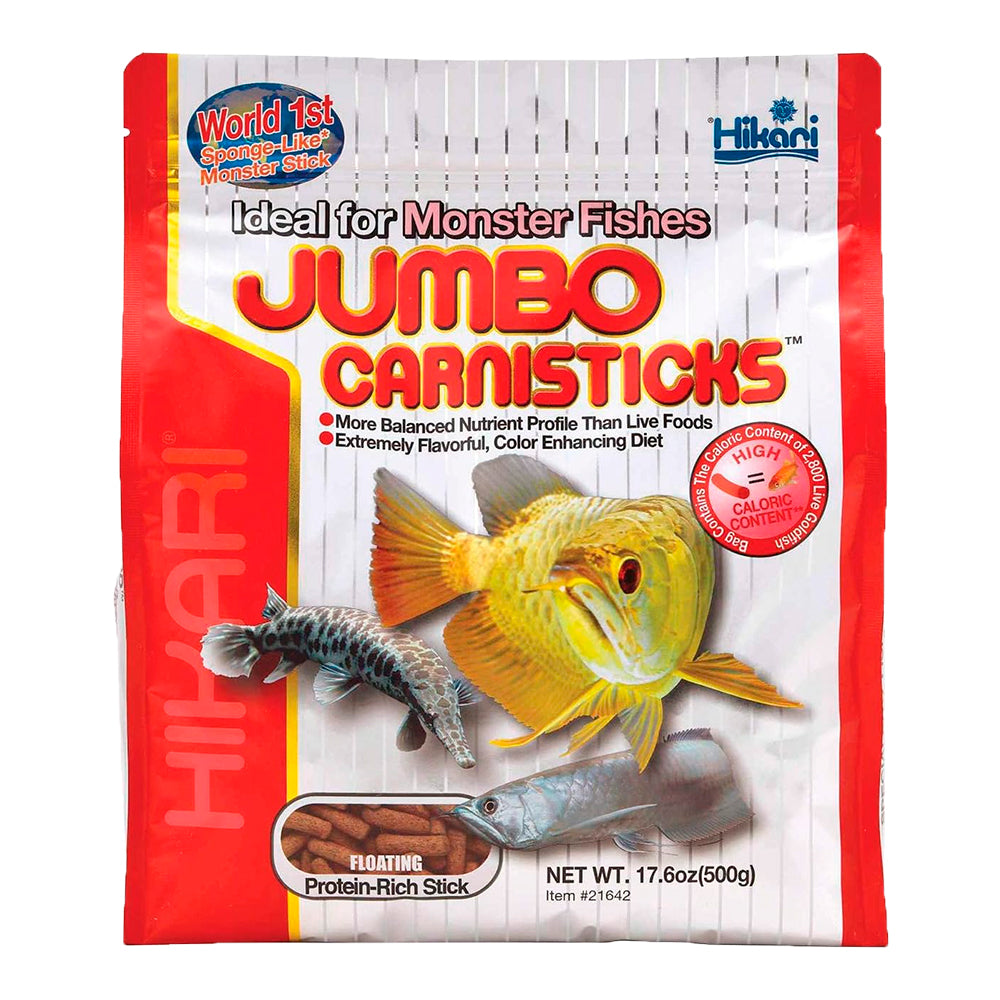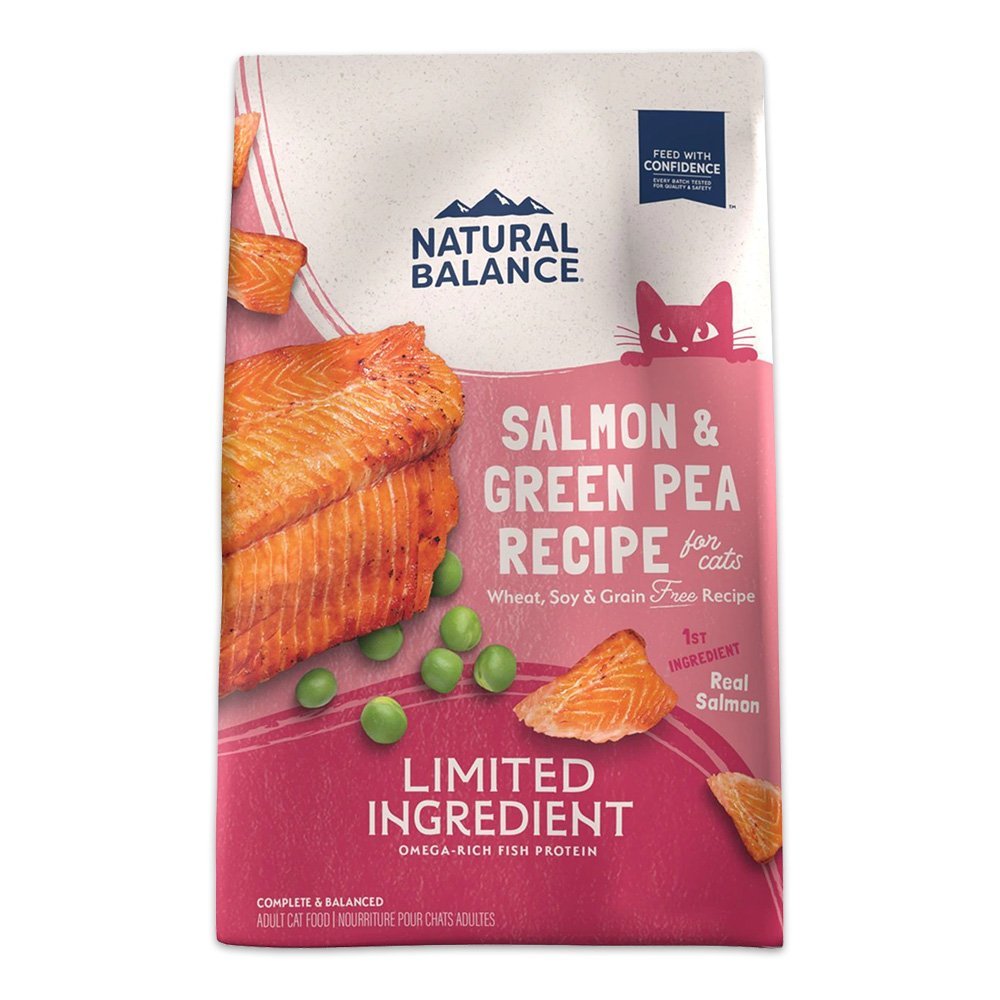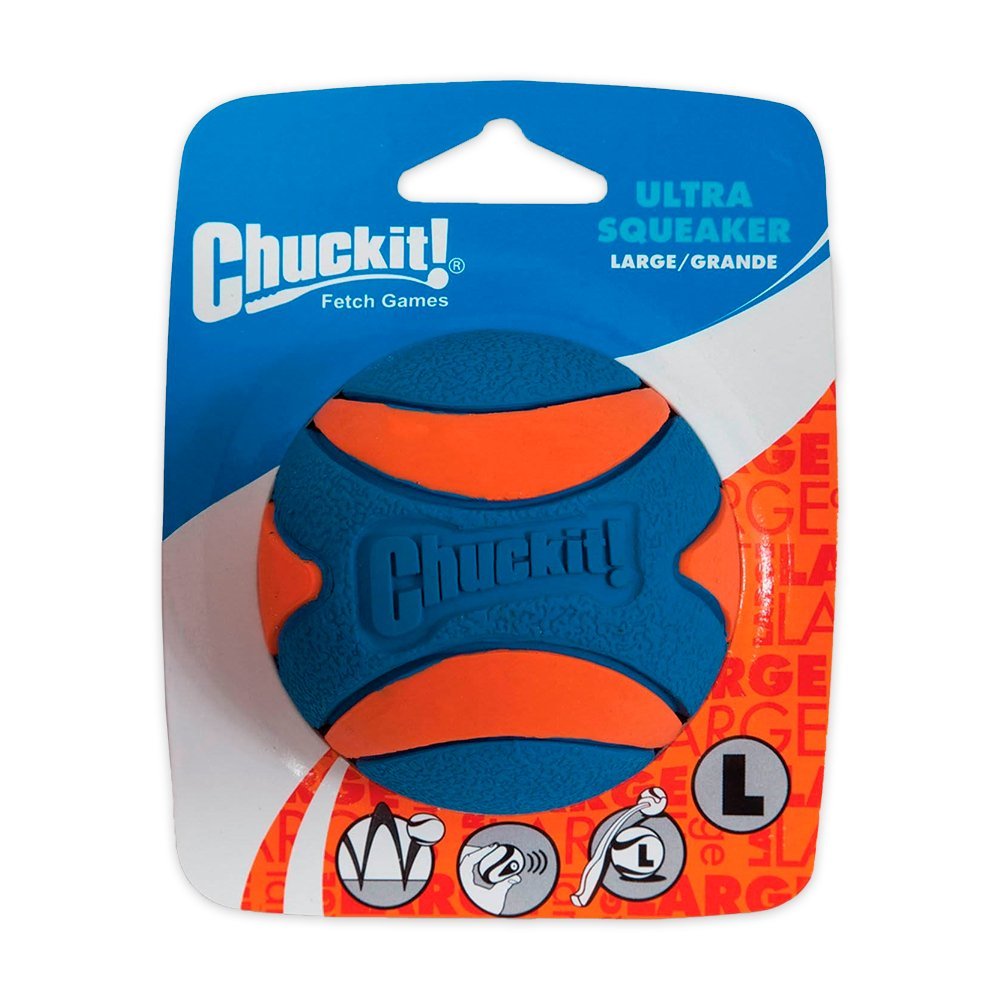Picking the right birdseed is important in this global warming era. Seasons shift their needs—more fat in winter, more protein in spring. Always choose trusted brands like Volkman Seed Company, Kaytee Wild Bird, and C&S Sunflower Suet Nugget for bird food.
The world is growing faster, cities are expanding, and natural spaces are shrinking. With these changes, something as small as putting out bird seed has taken on a bigger meaning. It’s no longer just a simple hobby—it’s a way to support bird life, local ecosystems, and the balance of nature around us.
The right seed does more than fill a feeder. It fuels survival and supports breeding. It helps them migrate when nature pulls back. One good mix can mean life or loss.
It's more than just watching for us. It slows us down, draws our attention, and teaches us things about balance, the earth, and behavior. So yes—choosing the best bird seed for wild birds wisely is a small act.
Why Does Choosing the Right Wild Bird Seed Matters?
Feeding wild birds in 2025 isn’t just a backyard hobby anymore. It’s a choice that shapes the health of birds and the balance of your garden’s ecosystem. It’s not about tossing random seeds into a feeder. It’s about the right birds food, with appropriate season and timing.
Like birds don’t eat the same thing all year.
-
Winter: They need fat and calories. Cold burns energy fast.
-
Spring: They need protein to strengthen their muscles, feathers, and support new lives.
-
Summer: Chicks need feeding full of insects, worms, and high-protein fuel.
-
Autumn: Time to bulk up. Fats and seeds again.
The second thing is nutritional value for birds. They require vitamins, minerals, proteins, lipids, and carbohydrates for strong chicks, muscles, and feathers, and the body is all built on protein. Fat gives energy that is dense and long-lasting. Birds burn fat during flight, in winter, and when food is low. Fat helps them survive the cold and long travels.
Carbohydrates are fast fuel, quick energy. Vitamins and minerals keep birds healthy, with healthy bones, immunity, and reproduction. Calcium makes strong eggs. Vitamins A and E protect them from disease.
Focus on the birds food is mandatory. Poor-quality seed weakens them, disease spreads. Don't skip.
Types of Wild Bird Seed and What They Attract
Your backyard can become a lively and welcoming place for birds. This happens when you understand the types of wild bird seed and how each type helps. Every seed plays a role in attracting and supporting different birds. With the right choices, your space slowly turns into a safe and active bird haven.
#1. Black Oil Sunflower Seeds
These are the most popular and produce rich fat and protein in their seeds. Birds love them because their shells are thin and easy to crack.
Which birds love to eat it |
Benefits |
Drawbacks |
|---|---|---|
|
|
|
#2. Nyjer (Thistle) Seeds
Tiny black seeds with lots of oil. Needs a special feeder with small holes.
Which birds love to eat it |
Benefits |
Drawbacks |
|---|---|---|
|
|
|
#3. Millet, Corn, and Mixed Seeds
Millet seeds come in mixes and vary in quality. Corn seeds come broken into small pieces. Mixed seeds come pre-packed with different seeds, like mixes of quality or waste.
Which birds love to eat it |
Benefits |
Drawbacks |
|---|---|---|
|
|
|
#4. Safflower and Specialty Seeds
For specific needs of birds, these bird seed types work well. Safflower seeds are bitter-tasting. Not liked by squirrels and starlings. Specialty seeds include peanuts, suet, and mealworms.
Which birds love to eat it |
Benefits |
Drawbacks |
|---|---|---|
|
|
|
Top Wild Bird Seed Brands to Buy
Today's consumers are considering the food's impact on the environment and the source of its ingredients. Let’s walk through some of the best bird seed brands this year and what they bring to your backyard.
#1. Premium Pick: Volkman Seed Company Premium Finch Mix

Volkman's seeds are clean and compact, and it’s full of energy. With ingredients like shelled sunflower seeds and Nyjer seed, it’s ideal for small birds that need high protein and fat.
Protein stands at 18%, fat at 41%. That’s serious fuel for finches, who burn energy fast. The shelled seeds mean less mess, and smaller birds can eat without struggle.
#2. Budget-Friendly Choice: Kaytee Wild Bird Food
A well-known brand among bird enthusiasts, Kaytee is a prominent wild

bird seed brand in 2025. Their basic blend is easy to find and doesn’t cost much. It’s simple black oil, sunflower seeds and millet. That’s enough to attract many common backyard birds.
It works through all seasons and fits most feeder types. You can pour it into a hopper or tube feeder and be set. It’s a great choice for beginners or casual feeders.
#3. High-Energy Option: C&S Sunflower Suet Nuggets

These wild bird food nuggets are packed with energy. They’re soft, small, and made to be eaten easily. Birds that love suet, insects, and fruit will all find something to like here.
You can use them in many ways—in a tray, a nugget feeder, or mixed into other seeds. They’re mess-free and made to resist melting in the heat, which makes them great all year round.
Their mix includes sunflower meal, corn, raisins, and more. This variety helps attract different types of birds to your yard.
How to store wild bird seed properly for freshness?

Storing bird seed the right way matters more than you think. Let's see bird seed storage tips to keep them safe.
Use best containers
Metal bins with tight lids are a smart choice. Rodents can’t chew through them. And when the lid seals well, moisture and bugs stay out. The smell stays in.
Plastic containers are also useful. They’re lighter. You can move them easily. Some are clear, so you can see how much seed is left. But make sure they’re thick. Rodents can chew through thin ones.
You can keep the seed in its original bag too. But place the whole bag inside a larger airtight bin. This keeps the seed fresh and safe. It also helps you track expiry dates.
Ideal Storage Conditions
Find a spot that’s cool and dry. Heat and moisture are the enemies here.
Heat makes seeds go bad. Oils inside turn rancid. Moisture causes mold. So, avoid damp places. Stay away from sunlight. A shed, garage, or basement can work—just make sure rodents can’t get in.
Make sure no insects or mice can reach the seed. An airtight lid is key. That way, you keep the seed clean, safe, and fresh.
Don’t mix old seed with new seed. Finish the old batch first. If the old seed has any mold or pests, the new seed gets ruined too.
Always keep things clean. Wash your container regularly. Use warm, soapy water. Dry it completely before refilling.
Conclusion
There is no single best bird seed. The right choice depends on which birds you want to attract, the season, and how well you can maintain the feeder. Still, with the right bird supplies and some basic knowledge, you can build a setup that helps birds and brings nature close.
The best way is to offer a mix of seeds. Use clean feeders and store seeds properly. Place them in safe, easy-to-reach spots. With the right bird supplies and care, you support their health and enjoy the beauty they bring.





